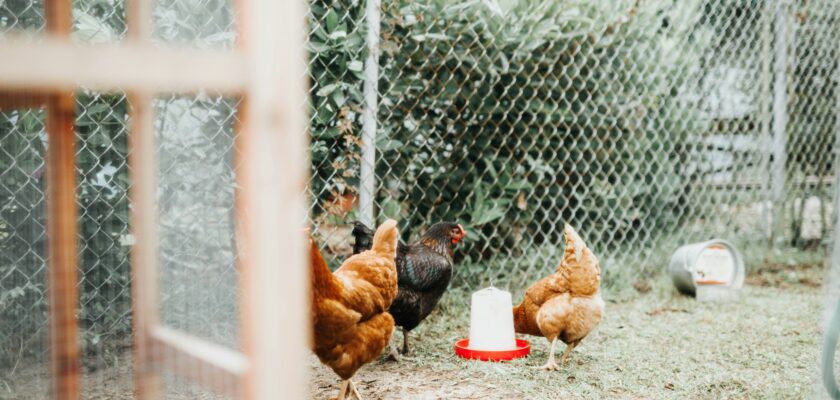Introduction
Dreaming of fresh eggs and happy hens? Building your own chicken coop isn’t just a fun weekend project — it’s a gateway to sustainable living. With a few tools, some creativity, and a solid blueprint, you’ll create a cozy home that your flock will love. Plus, making a chicken coop yourself saves money, ensures quality, and gives you the freedom to customize every detail!
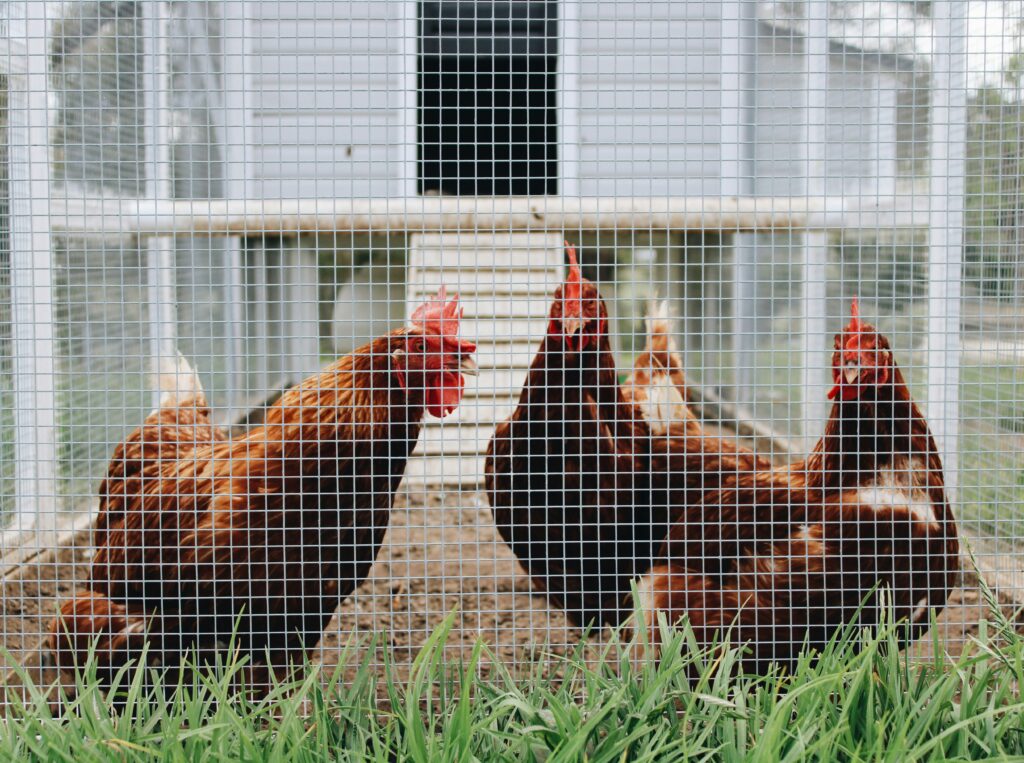
Photo by The Brewers on Unsplash
Understanding Chicken Coop Basics
Before you pick up a hammer, it’s crucial to understand what chickens really need:
- Shelter from predators (foxes, raccoons, hawks)
- Protection from the weather (rain, wind, and snow)
- Proper ventilation to prevent respiratory issues
- Comfortable nesting and roosting areas for egg-laying and resting
- Adequate space to prevent pecking and stress
Get these basics right, and you’re halfway to becoming a backyard poultry pro.
Choosing the Right Location
Choosing where to put your coop is half the battle, and trust me — your hens will thank you!
Here’s what to consider:
- Sunlight: Place it somewhere that gets morning sun but afternoon shade.
- Drainage: Pick a spot that doesn’t flood easily.
- Convenience: Keep it close enough to your house for easy egg collection and daily checks.
- Predator Safety: Away from wooded areas if possible.
A flat, grassy area usually does the trick nicely.
Determining Coop Size
Bigger is better when it comes to chickens. You don’t want cramped, cranky hens!
- Inside the Coop: Aim for 2–3 square feet per bird.
- Outdoor Run: About 8–10 square feet per bird is ideal.
For example, if you’re planning for 6 chickens, the coop should be at least 12–18 sq ft, and the run 48–60 sq ft.
Tip: Always build a little bigger than you think you’ll need — chicken math is real (you’ll want more chickens later!).
Gathering Materials and Tools
Essential Materials:
- Pressure-treated lumber (2x4s are gold!)
- Plywood sheets
- Hardware cloth (¼ inch for predator protection)
- Screws, nails, hinges, and latches
- Roofing material (shingles, metal, or plastic)
Tools Needed:
- Circular saw or hand saw
- Drill and driver
- Tape measure
- Level
- Staple gun
- Paintbrush (for weatherproofing)
Good materials make a good coop — don’t skimp here.
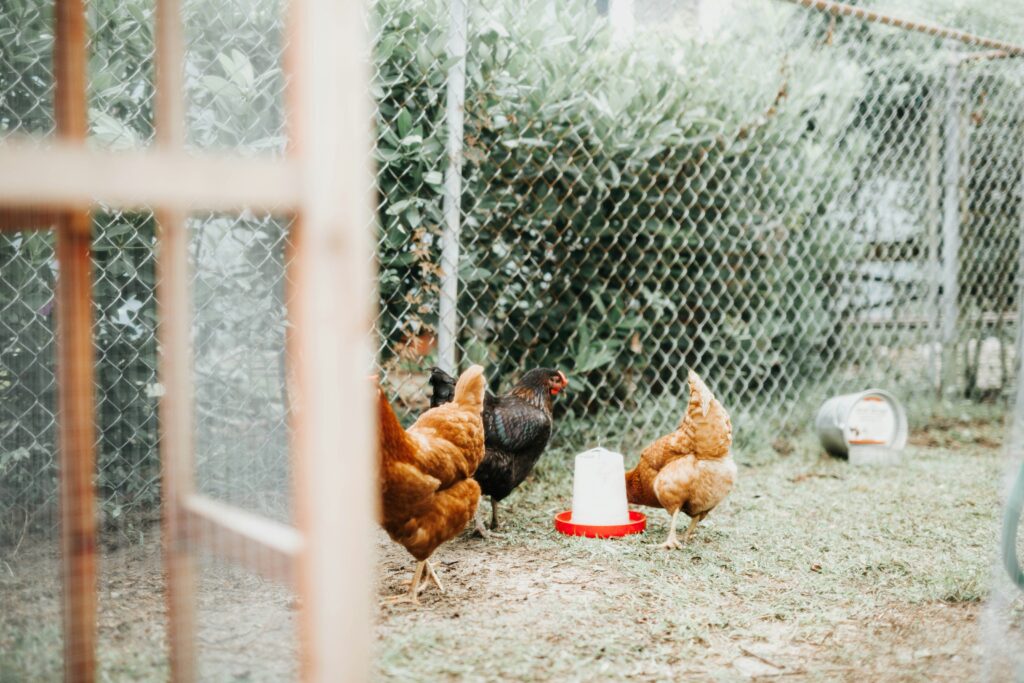
Photo by The Brewers on Unsplash
Planning Your Coop Design
Your coop design sets the entire project’s tone. Ask yourself:
- Mobile or Stationary? Tractors (mobile coops) are great if you want to move your flock around.
- Small or Large? More chickens mean sturdier, bigger structures.
- Windows or Skylights? Chickens love natural light!
Sketch a rough design first. You don’t have to be an architect — just make sure you’ve got the basics: shelter, roosts, nesting boxes, ventilation, and a run.
Building the Coop Frame
Now comes the real fun: construction time!
Basic Frame Steps:
- Floor Frame: Build a sturdy rectangular base, using pressure-treated wood.
- Walls: Attach upright 2x4s at each corner, then connect them at the top.
- Roof Rafters: Add diagonal pieces for the roof. Pitch the roof to let rain and snow run off.
Make sure everything is square and level. A wobbly frame now means big headaches later!
Adding Walls and Roof
For the walls:
- Attach plywood sheets to the frame.
- Cut out spaces for windows and doors beforehand.
- Cover with hardware cloth behind windows for safety.
For the roof:
- Use plywood covered with waterproof roofing material.
- Consider adding a slight overhang to keep rain from dripping inside.
Pro Tip: Always caulk gaps — drafts can be deadly in winter.
Installing Ventilation Systems
Good airflow is crucial to prevent ammonia build-up from droppings.
Simple Ventilation Options:
- Windows that open and close
- Vents near the top of the walls
- Soffit vents under the eaves
Remember, ventilation ≠ drafts. Keep it airy but not breezy where chickens roost.
Securing Doors and Windows
Predator-proofing is non-negotiable, Mr. G.
- Install sturdy locks on every opening.
- Use hardware cloth, not chicken wire (which predators can tear through).
- Build a secure pop door (chicken door) with a latch.
Better safe than sorry when it comes to raccoons!
Building Nesting Boxes and Roosting Bars
Nesting Boxes:
- 1 box per 3–4 hens
- Size: about 12”x12”x12”
- Place boxes 18–24 inches off the ground
Roosting Bars:
- 2”x4” lumber with the flat side up
- Place 2–3 feet off the ground
- Allow about 8–10 inches of perch space per bird
Hens like to feel safe and cozy when laying, so keep the nesting area calm and dark.
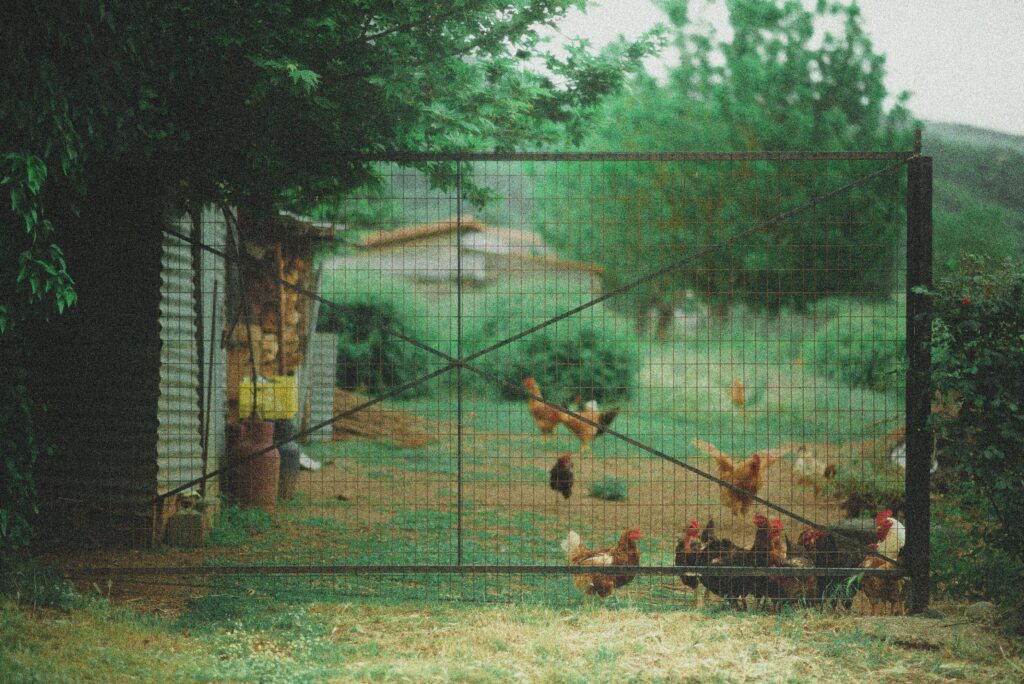
Photo by Yorgos Triantafyllou on Unsplash
Creating an Outdoor Run
Your chickens need to stretch those legs!
- Frame the area with pressure-treated posts.
- Cover it with hardware cloth — yes, even the top (hawks are sneaky).
- Provide Shade: Add a tarp or roof for sunny days.
Give them dirt for dust baths — it’s chicken spa day, every day.
Weatherproofing and Insulating
Weather is no joke.
Summer Prep:
- Add shade and ventilation.
Winter Prep:
- Insulate walls with foam or straw.
- Close vents facing the wind but keep cross-ventilation.
Waterproof your coop exterior with a good outdoor paint or wood sealant.
Decorating and Personalizing
This part’s totally optional — but super fun!
- Add flower boxes, signs, and funky paint colors.
- Create a chicken “patio” with perches and swings.
- Install solar-powered lights.
A cute coop makes chores feel a lot less like work.
Common Mistakes to Avoid
Avoid rookie errors:
- Underestimating size: Always build bigger than you think.
- Poor ventilation: Leads to respiratory problems.
- Weak predator protection: Fort Knox it!
- Neglecting maintenance: Clean regularly to prevent disease.
Learning from others’ mistakes is faster (and cheaper) than making them yourself.
FAQs About Building a Chicken Coop
1. How much does it cost to build a chicken coop?
Costs vary, but DIY coops typically run between $200–$700, depending on size and materials.
2. Can I build a coop without carpentry experience?
Absolutely! Basic tools and clear instructions are all you need. Many first-timers build beautiful, functional coops.
3. How do I keep predators out of my coop?
Use hardware cloth (not chicken wire), secure doors/windows with locks, and bury fencing 12” underground to stop diggers.
4. What is the best size for a chicken coop?
At minimum, 2–3 square feet per bird inside, and 8–10 square feet outside.
5. Do I need insulation for my chicken coop?
If you live in an area with harsh winters, yes. Insulating keeps hens warm and eggs from freezing.
6. Should the coop have a floor?
Yes, a raised floor with good drainage prevents moisture buildup and keeps predators from digging inside.
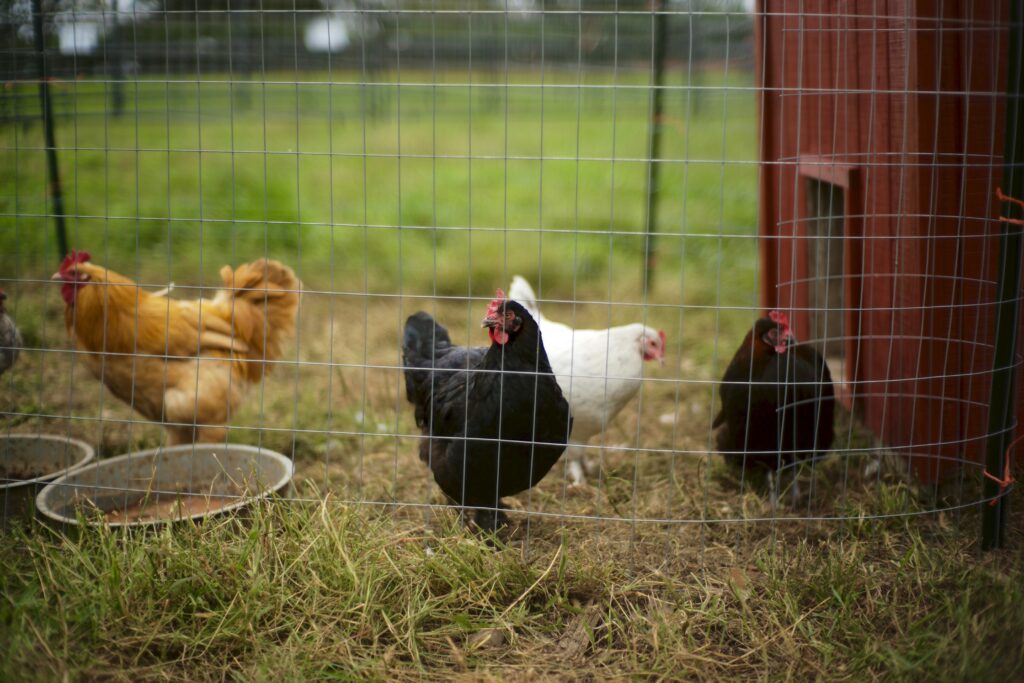
Photo by Will H McMahan on Unsplash
Conclusion
Building your own chicken coop is one of the most satisfying projects you’ll ever tackle. Not only will you have a safe, custom home for your flock, but you’ll also have the pride of knowing you built it yourself. Take your time, double-check measurements, and enjoy the journey — because happy hens mean happy mornings with fresh eggs.
